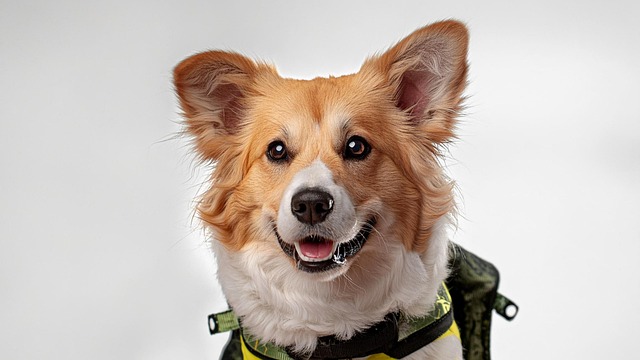Seeing a dog cower or shy away from you tugs at the heartstrings, but mending that fear is entirely possible with the right approach. Building confidence in a scared dog isn’t about quick fixes—it’s a gradual process that combines patience, understanding, and a willingness to adapt your actions to their comfort level. The journey to trust might be winding, but the payoff of a wagging, relaxed companion makes every effort worthwhile.
First and foremost, respect the dog’s personal space. Approaching too quickly, staring directly into their eyes, or reaching out to pet them can feel threatening. Instead, give them room to observe you from a distance. Sit calmly on the floor, turn your body slightly away, and let them decide when they’re ready to come closer. This non-confrontational posture signals you’re no threat, aligning with animal welfare principles that prioritize the pet’s emotional well-being.
Positive associations are powerful tools. Keep high-value treats, like small pieces of cooked chicken or cheese, on hand. Toss a treat near the dog when they glance in your direction, gradually moving it closer as they become more comfortable. Over time, they’ll start to link your presence with something enjoyable. Pair treats with gentle, soothing voices—dogs pick up on tone just as much as words. Avoid loud noises or sudden movements that could trigger their fear response.
 Establishing a predictable routine can work wonders for a scared dog. Regular meal times, daily walks, and consistent bedtimes create a sense of security. Dogs thrive on knowing what’s coming next, which helps reduce anxiety. If your dog seems nervous during walks, choose quiet routes away from crowded areas and noisy traffic, ensuring you’re also complying with local leash laws and pet safety regulations.
Establishing a predictable routine can work wonders for a scared dog. Regular meal times, daily walks, and consistent bedtimes create a sense of security. Dogs thrive on knowing what’s coming next, which helps reduce anxiety. If your dog seems nervous during walks, choose quiet routes away from crowded areas and noisy traffic, ensuring you’re also complying with local leash laws and pet safety regulations.
Engaging in low-pressure activities together helps build trust. Try simple games like hiding treats around the room for them to find or using a slow-feeder toy that encourages exploration without stress. These interactions let the dog have fun on their terms, strengthening the bond between you. Remember, the goal isn’t to exhaust them but to create positive shared experiences.
Finally, monitor the dog’s body language closely. Ears flattened against the head, tucked tails, or lip licking are signs of discomfort. If you notice these cues, take a step back and adjust your approach. Building trust is a two-way street—your ability to read and respond to their signals shows you’re attuned to their needs. Celebrate small victories, whether it’s the first time they sniff your hand or curl up nearby. Each moment is a step towards a deeper, more trusting relationship.

 Establishing a predictable routine can work wonders for a scared dog. Regular meal times, daily walks, and consistent bedtimes create a sense of security. Dogs thrive on knowing what’s coming next, which helps reduce anxiety. If your dog seems nervous during walks, choose quiet routes away from crowded areas and noisy traffic, ensuring you’re also complying with local leash laws and pet safety regulations.
Establishing a predictable routine can work wonders for a scared dog. Regular meal times, daily walks, and consistent bedtimes create a sense of security. Dogs thrive on knowing what’s coming next, which helps reduce anxiety. If your dog seems nervous during walks, choose quiet routes away from crowded areas and noisy traffic, ensuring you’re also complying with local leash laws and pet safety regulations.



